
Incredible Shortlist of 2025 Astronomy Photographer of the Year Contest
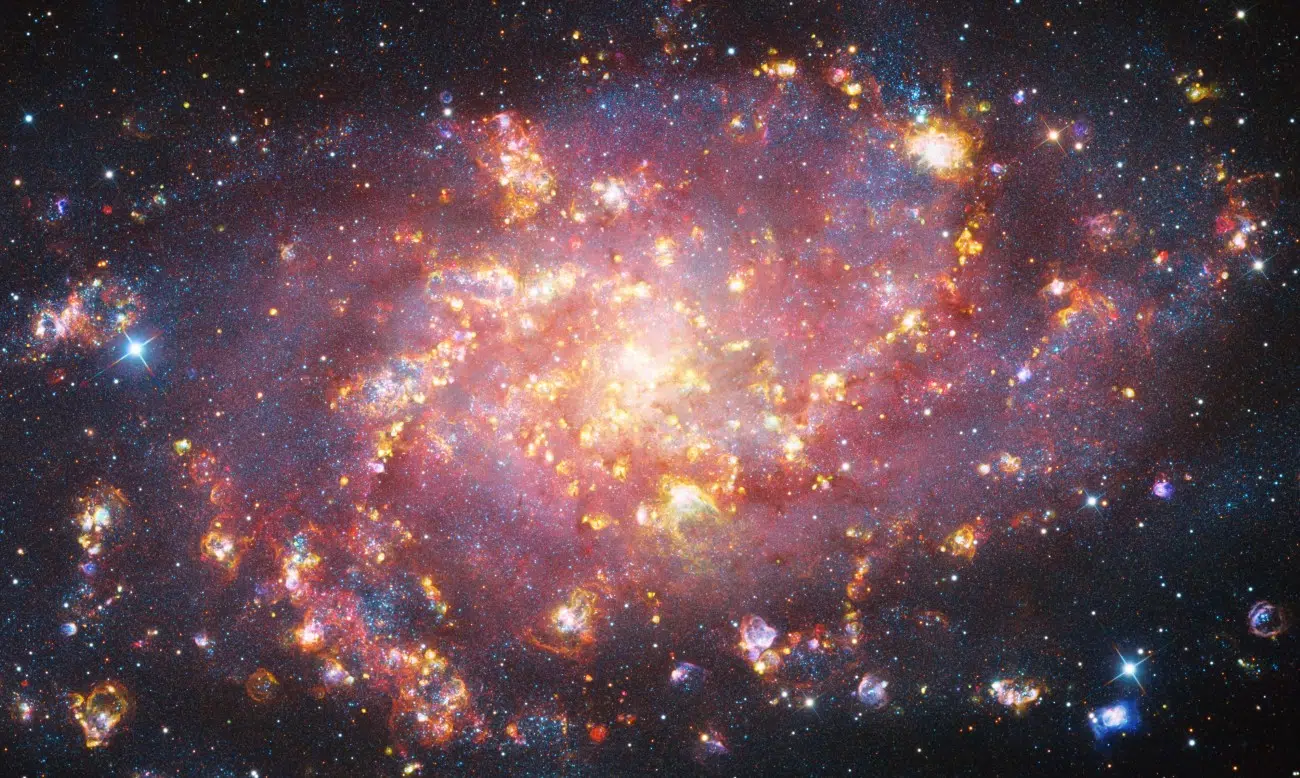

“Firework
The image shows M33, the triangular galaxy from a new perspective. Because of the tidal interaction with the M31, there is a very prominent activity to form stars in the M33, which leads to an amazing structure of emissions. During the processing, a separate Sho image was created with a strong SII/H-Alpha, and the incandescent red structures in the image, mixed with a high-resolution LRGB processing for communication data, representing the “background” light.
Location: sződliget, pest and törökop jeny, somgy, Hungary, 2-4, 9, 23.30 November, 1, 27 and 28 December 2024
Dazzle galaxies, colored northern lights, and fireworks are just some heavenly bodies and natural phenomena that have been made Astrology photographer Zwo brief list. I organized it Royal Observatory GreenwichWith the support of Zwo and in cooperation with BBC Sky in Al -Layl, The competition has received more than 5500 posts from amateur astronomical photographs and professionals.
Although the winners will not be announced until September, the competition gave us a peek at what we could expect by launching the short list in the final. Among the amazing solar energy films to the solar eclipse, the images are the general record of astronomy. In a new development, the annual ANNIE MAUNERER Award for Innovation of Images has been renamed. Annie Maunder Open is a photographer to try and display their creative methods Astronomical photography.
Now in its seventeenth year, the competition will again win the winners of awards in nine categories, in addition to two special prizes and a general winner. Pass down to see our favorite photos from 2025 brief list Then he went to the official website to watch all the final contestants.
The Zwo Astrology Pourshipy of the Year competition has released a brief list in its seventeenth annual competition.
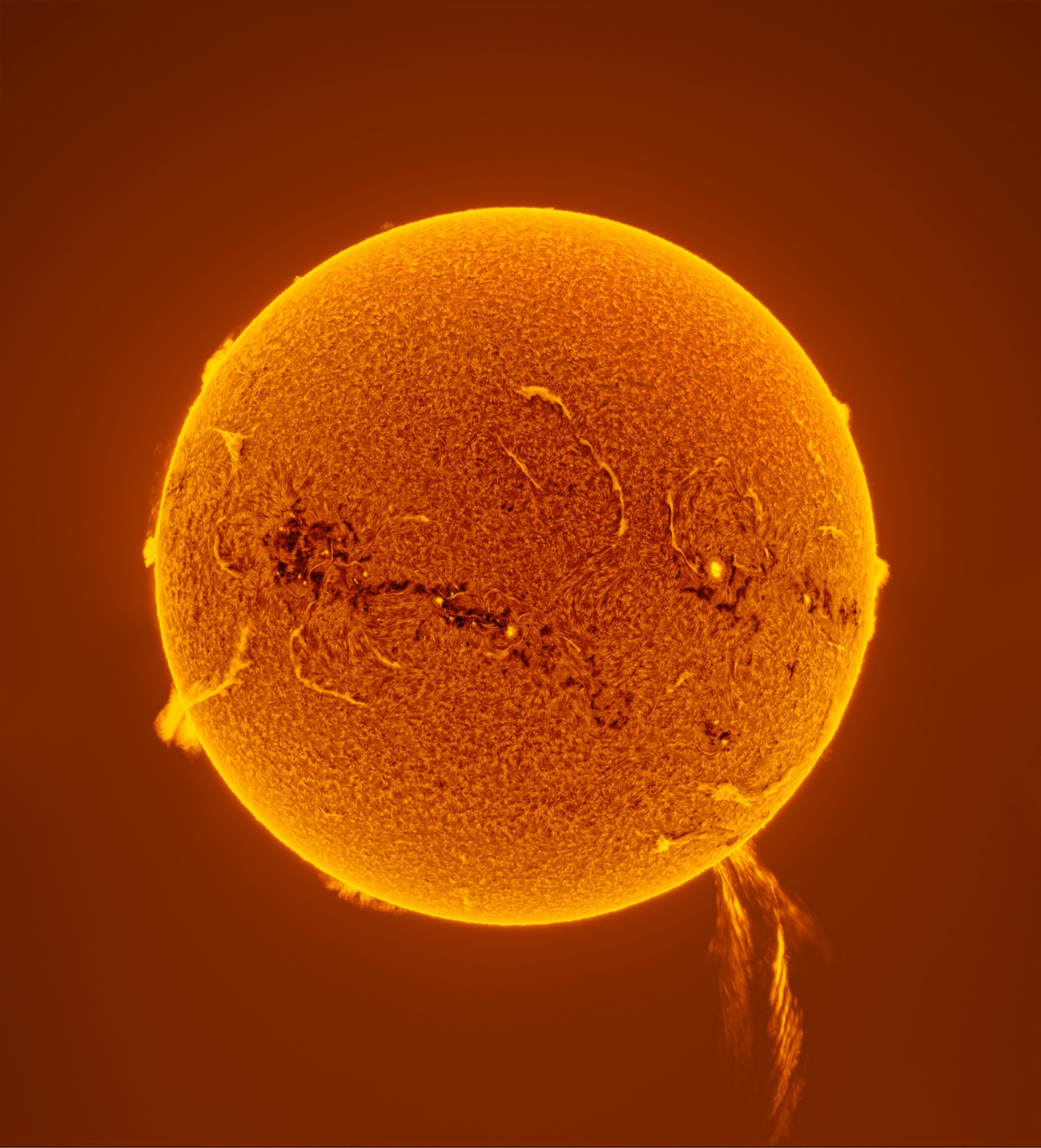

“500,000 km solar eruption” by Pengfei Chou
On November 7, 2024, the sun witnessed a huge eruption of solar energy, with a length of more than 500,000 km (311,000 miles). The explosion lasted for about one hour from a preliminary spray to its end. The eruption stage consists of the emergence of more than 20 stacked data sets, highlighting the full process of this amazing event.
Location: New Sharq Province, Shinxing Province, Guangdong Province, China, November 7, 2024
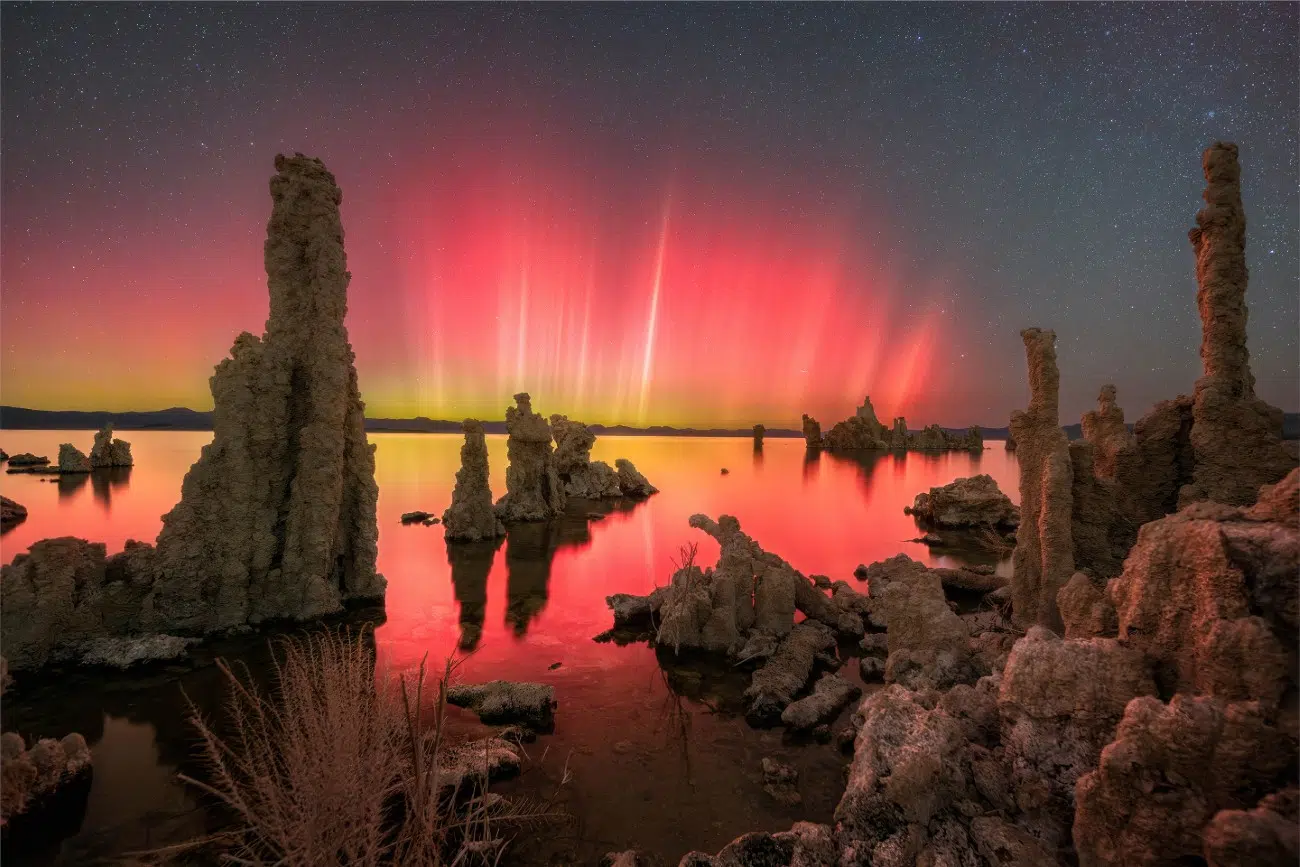

“Aurora over Lake Mono: a rare light dance” by Daniel Zafra
This image captures rare northern lights in California. Life -vibrant tapes of purple and green lights up the sky, which reflects in the fixed water between the rock formations.
Location: United States 395, Lake Mono, Mono Province, USA, October 10, 2024


“Moonrise Perfection on Dolomite” by Fabian Dalibiz
Complete the moon rises above the rugged dolomite peaks. With no clouds on the horizon and in flawless circumstances, the golden light of the sun’s sunset takes mountains, which creates a harmony between the earth and the sky.
Location: Santuario Di Pietralba, Deutschnofen, South Tyrol, Italy, November 15, 2024


“The Solar System” of Sufi Paulin
This image offers all the planets of our solar system, with the exception of the Earth, and display its unique properties. Mercury, closest to the sun, is a barren world, while Venus is shrouded in thick clouds. Mars, the Red Planet, has wide deserts and the largest volcano in the solar system. The gas giants, Jupiter and Saturn, dominate their huge size and exciting storms, while Saturn’s episodes make them amazing in particular. Uranus and Neptune, ice giants, are rich in methane, giving them blue.
Location: Bobingen, Bavaria, Germany, September 11, 2023, September 7, August 28, and December 28, 2024


“A mosaic of eight paintings from M31: stars, bastard and central swelling” by Chaong Yu, Jingau Hong, Shi Chu, Yajuang Wan
This image shows countless stars that have been solved, nebula, and mysterious central bloating. The image is incredibly detailed, and the fog surrounding the galaxy is actually tens of thousands of small yellow stars.
Location: Duushing Province, preserving the Tabiti autonomy, Sichuan, China, 30-31 October, 1-6, 20-30 November, 1-10 and 20-31 December 2024
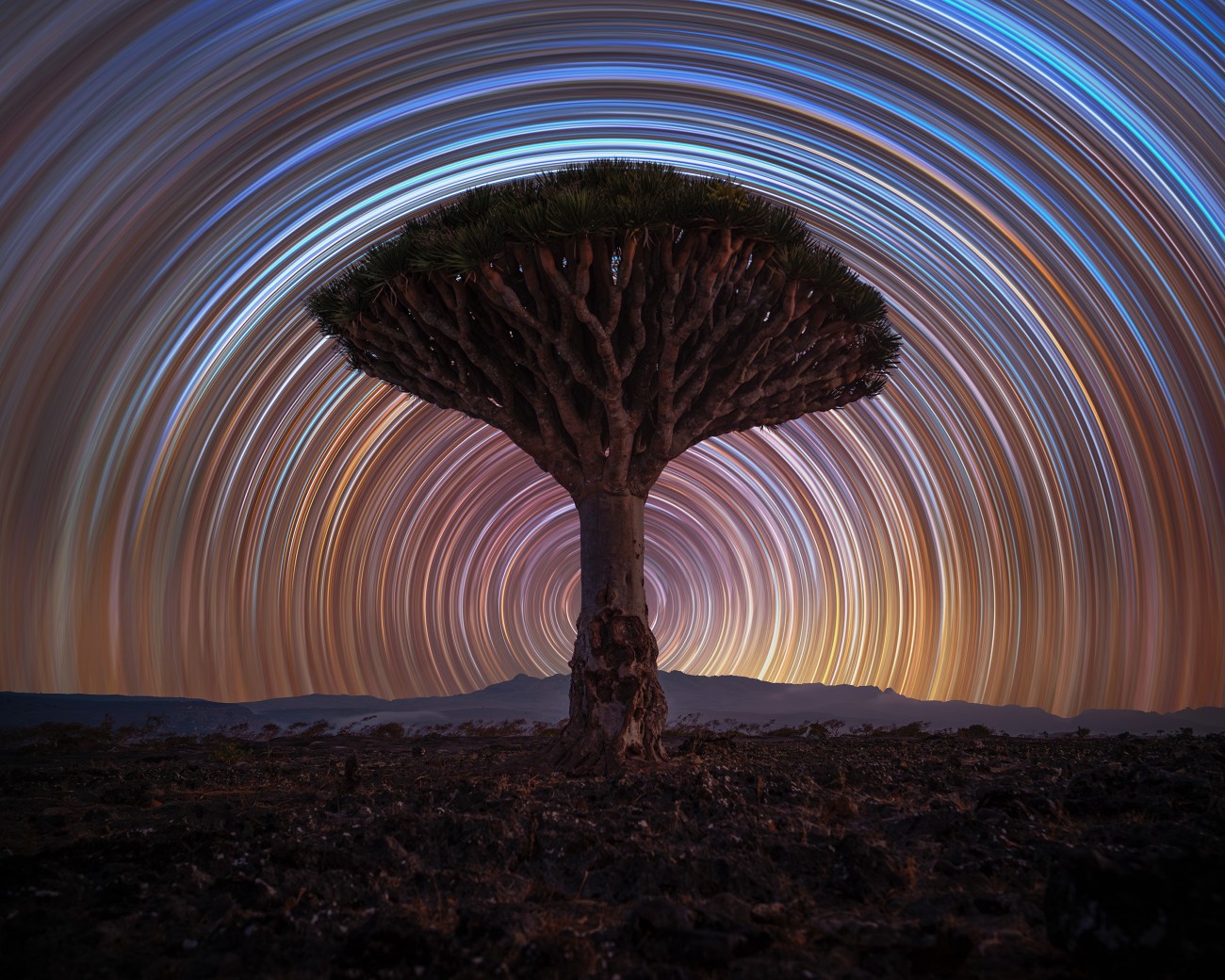

“Dragon Tree paths” by Benjamin Baracks
The solitary dragon tree stands in the heart of the draging tree forest in Socotra – another landscape, unlike anywhere else on Earth. The final image consists of 300 individual exposure.
Location: Firmihin Forest, District Hidybu, Yemen, March 13, 2024
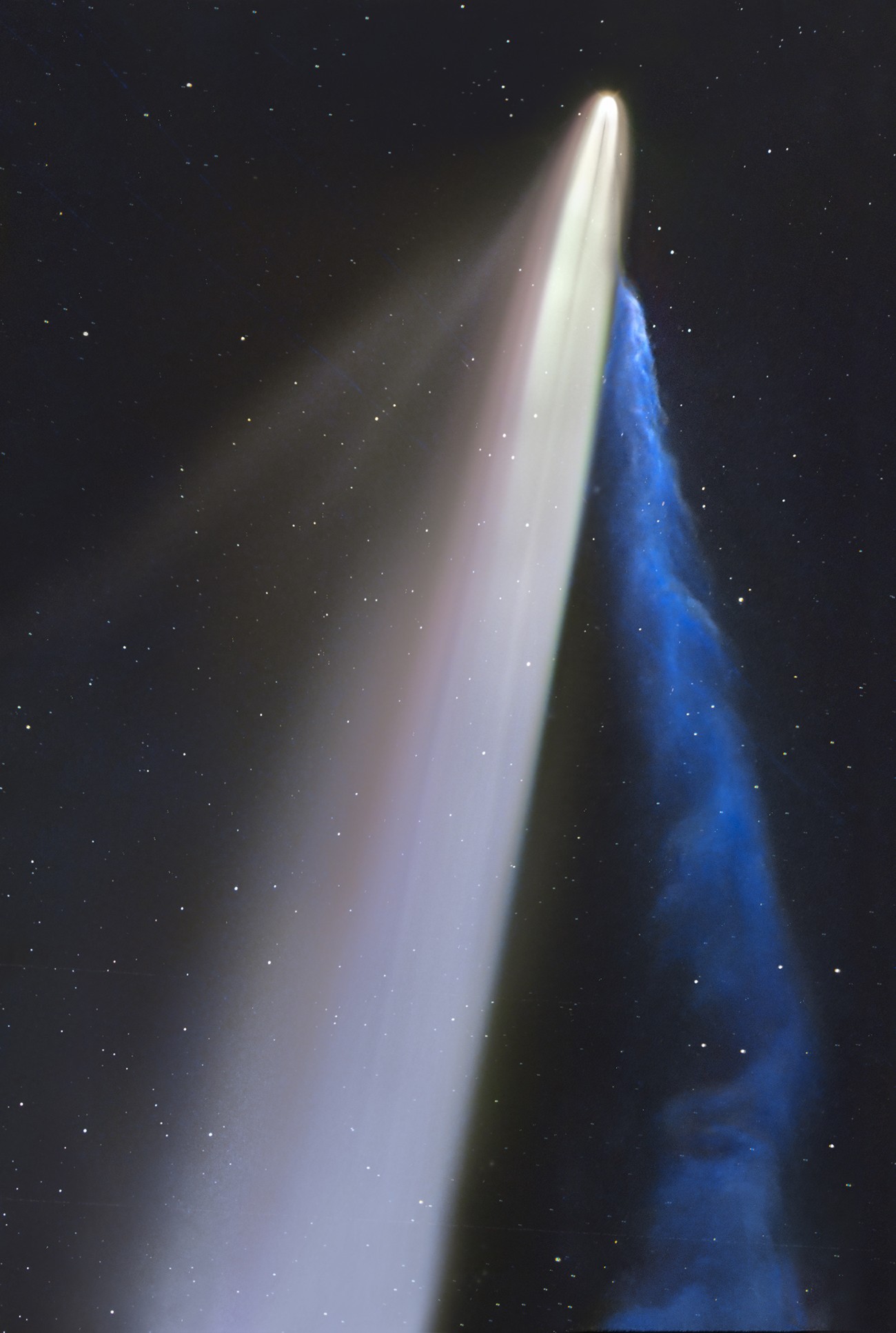

“Selected to the comet” by Jairlad Riman and Michael Gerg
Photographers traveled to Namibia to watch the comet C/2023 A3 (Tsuchinshan-ATLAS) in the southern hemisphere. Due to the angle of observation, it appears that dust tails and ions have overlapped, but the effect of the solar wind per day caused noticeable reservoirs in the ponytail.
Location: Tivoli Astrofarm, Windhoek Rural, Namibia, September 30, 2024
The photo competition has received more than 5500 enthusiasts and professional astronomical designers.
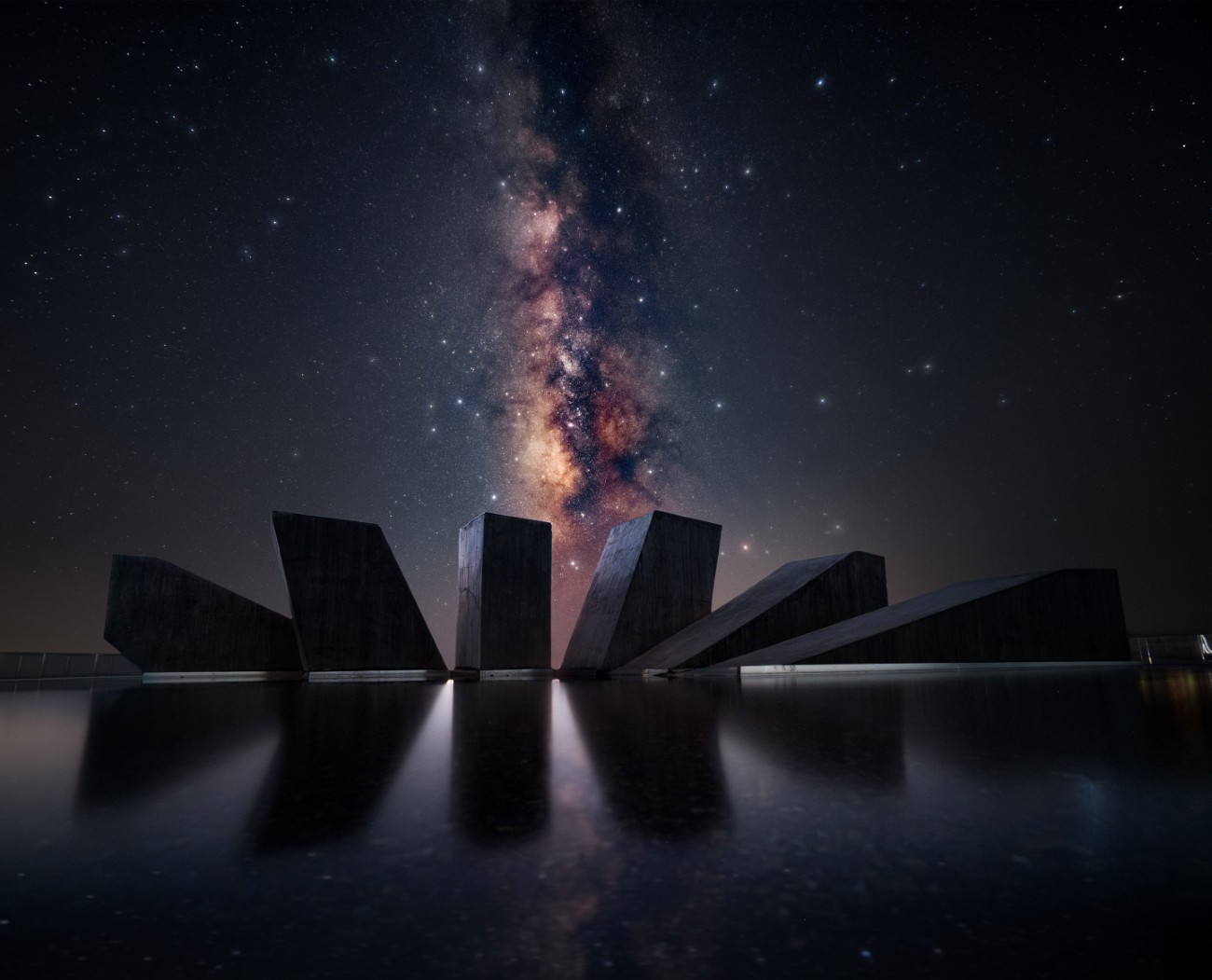

“Gate to the Galaxy” by Yuji Chang
Under the night sky, many black engineering buildings appear to stand on the surface of the water, similar to galaxy gates. The bright milky road extends across the sky behind them, with sparkling stars. The reflections of the buildings in the water shine, and the reality and the illusion are sparkled, as if it was opening a corridor on the secrets of the universe, and the endless and longing inspiration to explore the vast stellar sky.
Location: Songyang Province, China, August 10, 2024
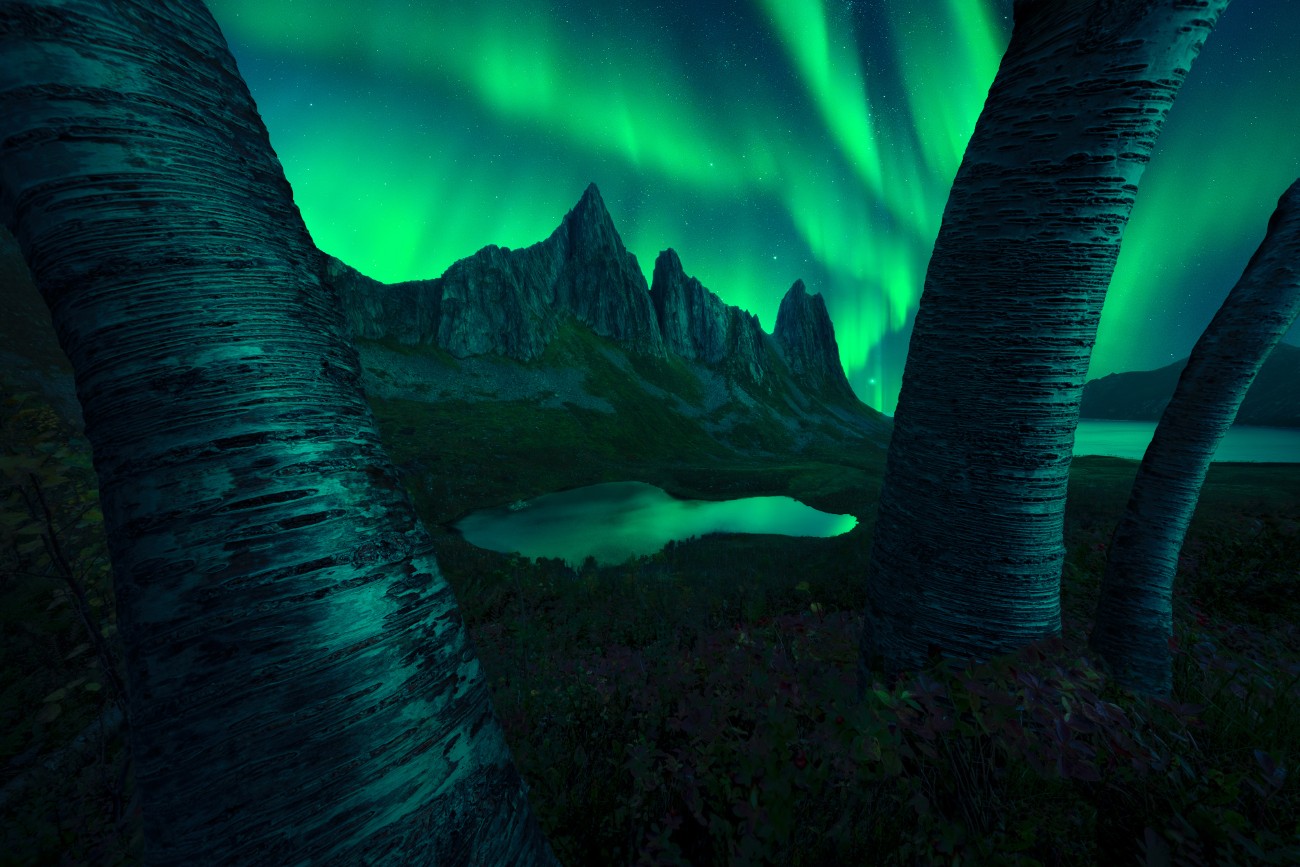

“The King” was written by Philip Herpinda
The image takes a far -place location in the Singa Peninsula in northern Norway. At the forefront, birch trees reflect the colors of Urara dance in the sky.
Location: Staffelitover, FjordGård, Norway, September 12, 2024
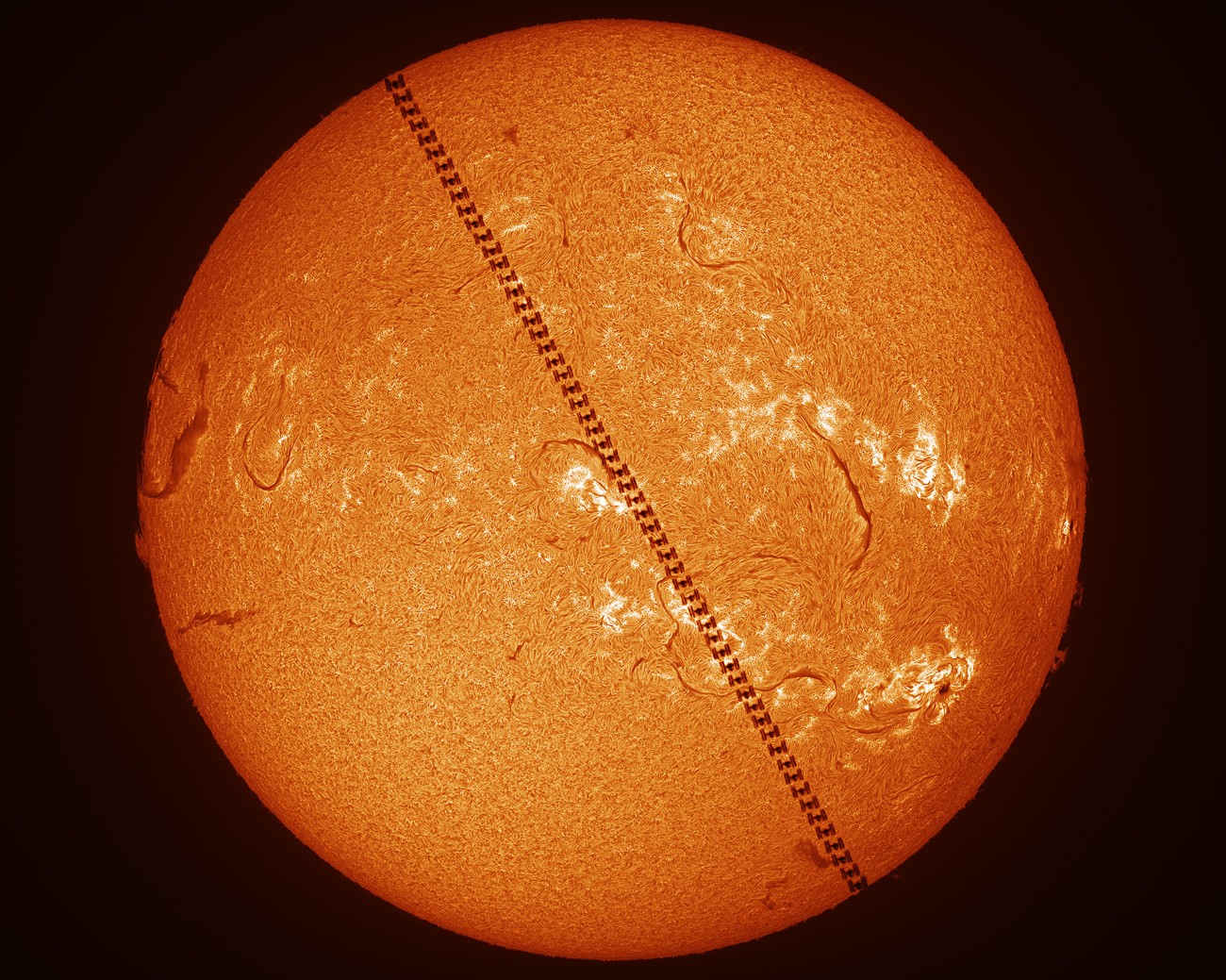

“A one -second meeting” by Zhang Yangang
This image takes that the International Space Station (ISS) via the solar disk. The solar background is caught separately with a multi -multiple ETALON (visual filter that isolates specific wavelengths, used to monitor solar details), and reveals high -contrast chromosphs details. The imaging sequence is strategically combined during the post -processing period to maintain both a fragile silhouette from the spacecraft and the complex surface features of the sun.
Location: Xiamen, Fujian, China, January 24, 2025


“Blood moon rises behind skyscrapers” by Tianwano Yang
This image is currently capturing a satellite rising next to the longest skyscrapers in Shanghai in Logiazawi. From a distance of 26.5 km (16.5 miles) of skyscrapers in one exposure, the alignment of this image took five years of planning. It seems that the full moon is in a perfect position next to the bright horizon, which creates an amazing contrast.
Location: Gidening Province, Shanghai, China, July 21, 2024
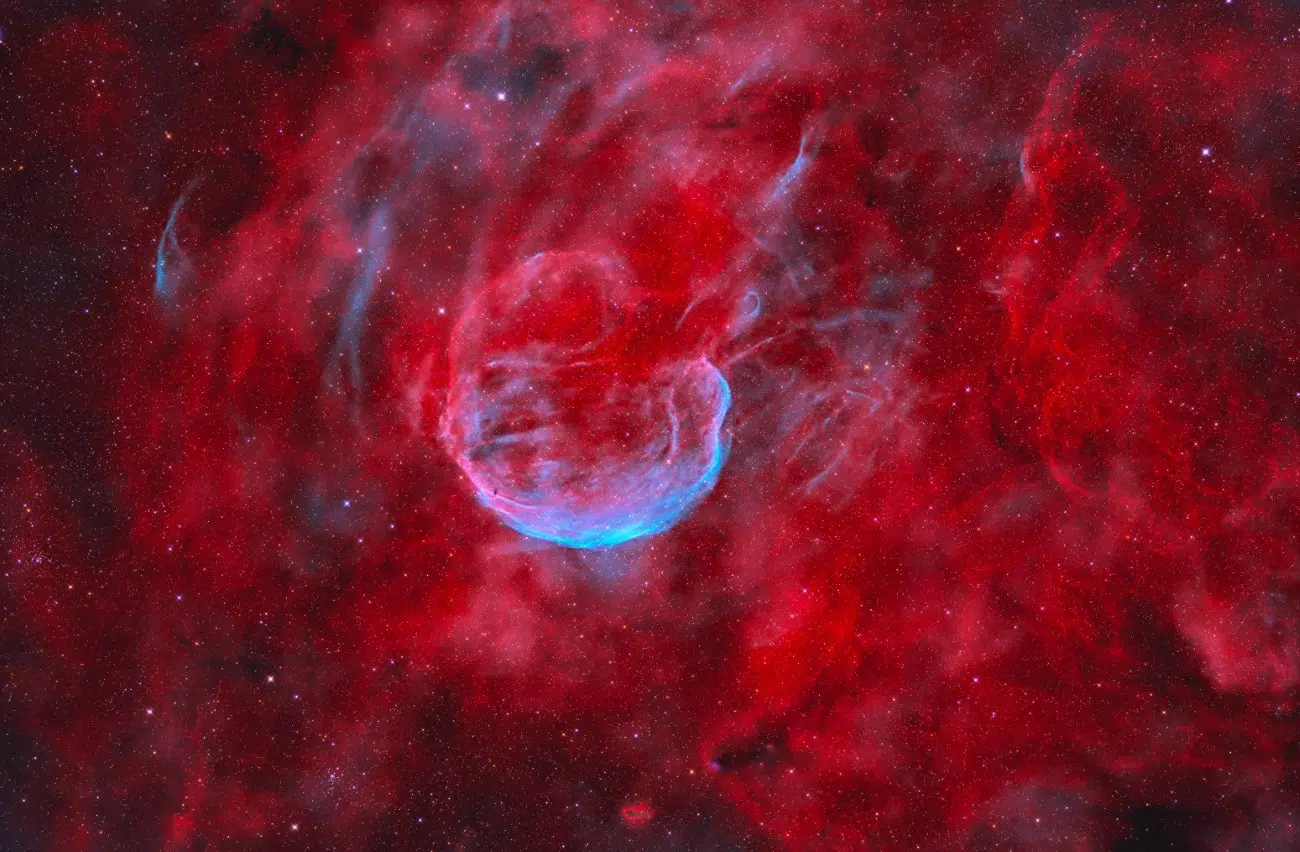

“Abel 85: Pomegranate in the universe” by Decian Lee
Abell 85 is the Supernova residue located in the Milky Way galaxy that seems to be like pomegranate. This goal is faded. Oiii signal in particular is very weak. To pick up the entire sign, Deqian Li spent six days in camping in Hongwan Province.
Location: Hongwuan Province, Nagawa Tibetia and Independent Qiang, Cichuan, China, Winighan, Nanchong, Sichuan, China, 30, August 31, 1 and 3 September 2024
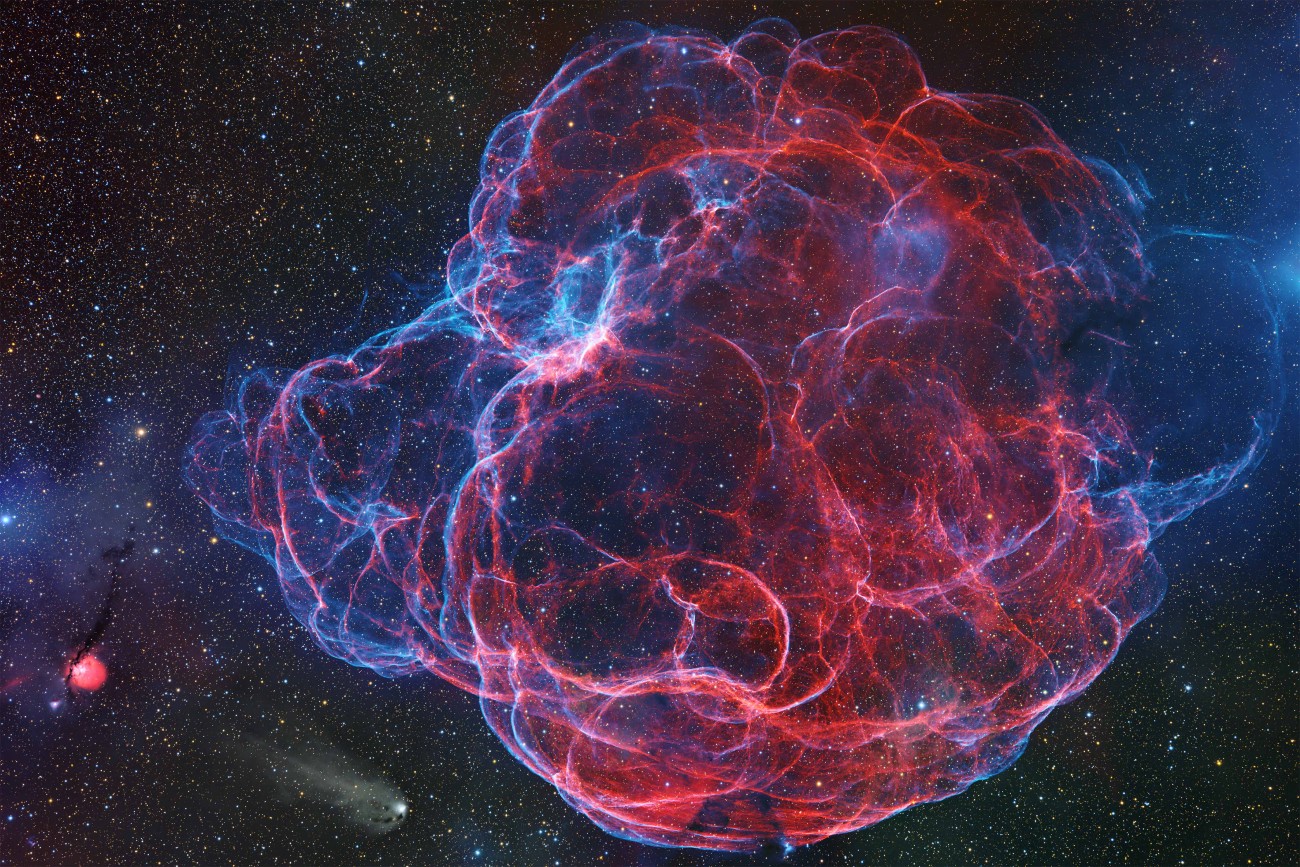

“Electrical threads of the Bittiti Blinds” by Shaoyu Zhang
This full image reveals the spectrum of spaghetti, the dimmed and void nature of the super -keeping (SNR), hiding behind a wide cloud of dust that hinders its emissions light. To enhance its optical appeal, Shaoyu Zhang has devoted a great time to capturing OIII data, and the blue and green shapes are condensed, while allowing SII and H-Alpha to support the high dynamic range for an additional depth.
Location: Deep Chile Observatory, Kamino del Observatory, Rio Hortado, Chile and Shiangcheng, Garzi Tabti Conservative, Chicuan, China, 24 and 25 December 2024, 3, 15, 15, 15, 15, 15, 15, 15, 15, 15, 15, 15, 15, 15, 15, 15, 15, 15, 15, 15, 15, 15, 15, 15, 15, 15, 15, 15, 15, 15, 15, 15, 15, 15, 15, 15 , 15, 15, 15, 15, 15, 15, 15, 15, 15, 15, 15, 15, 15, 15, 15, 15, 15, 15, 15, 15, 15, 15, 15, 15, 15, 15, 10-19 February
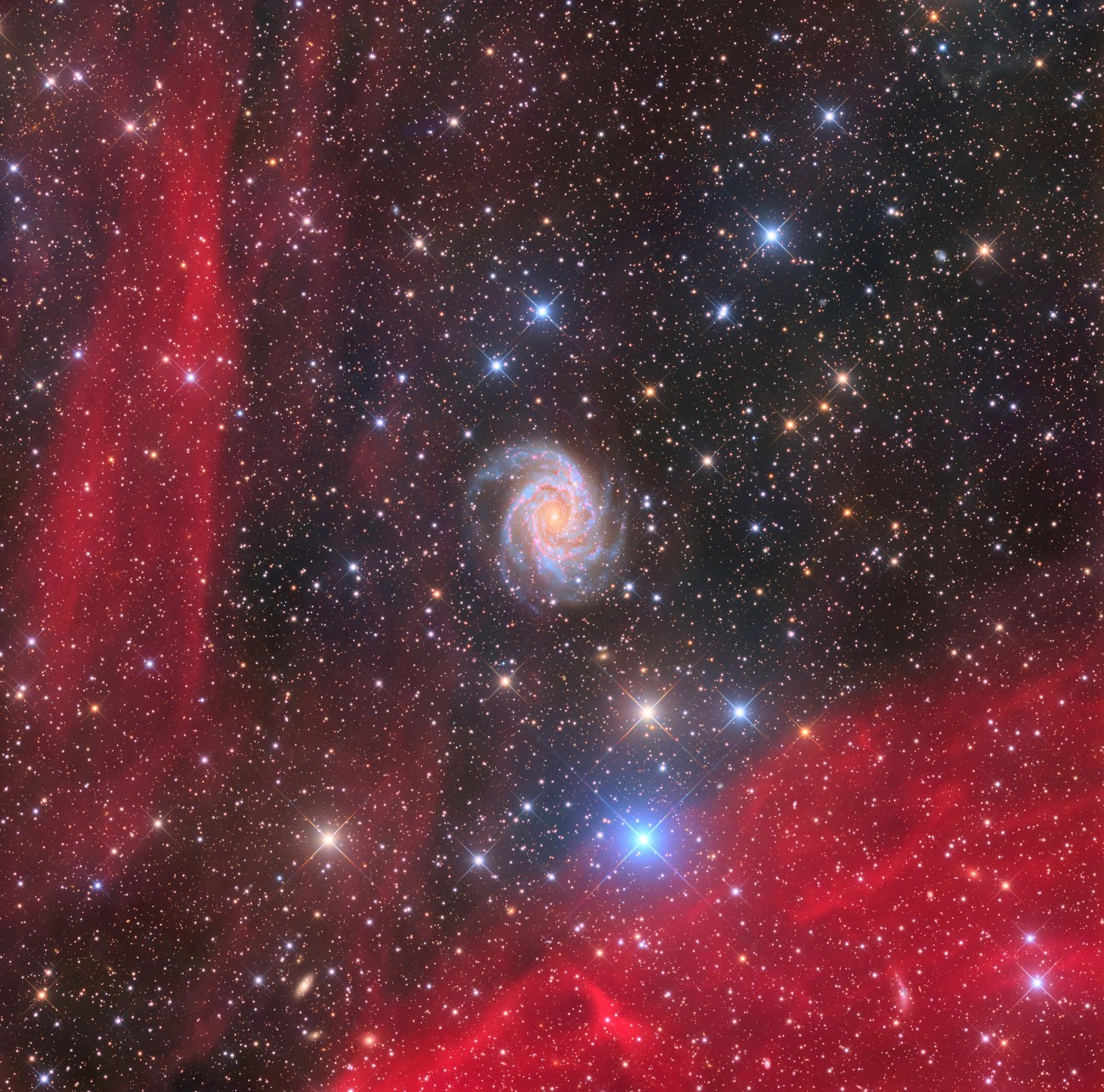

“NGC 2997: The Antlia Cabbage Galaxy” by Xinran Li
NGC 2997 is a prohibited spiral galaxy (type SBC) in the Antlia constellation. At a distance of 35 million light years, its size is about 9.5, making it visible with perspectives in dark locations. The area is full of H-Alpha rear emissions, which gives a great color to the image.
Location: Observatory, Hortado River, Chile, January 23, 4-5 February













Post Comment